Saturday Shoutout / Vokey and Bartschi
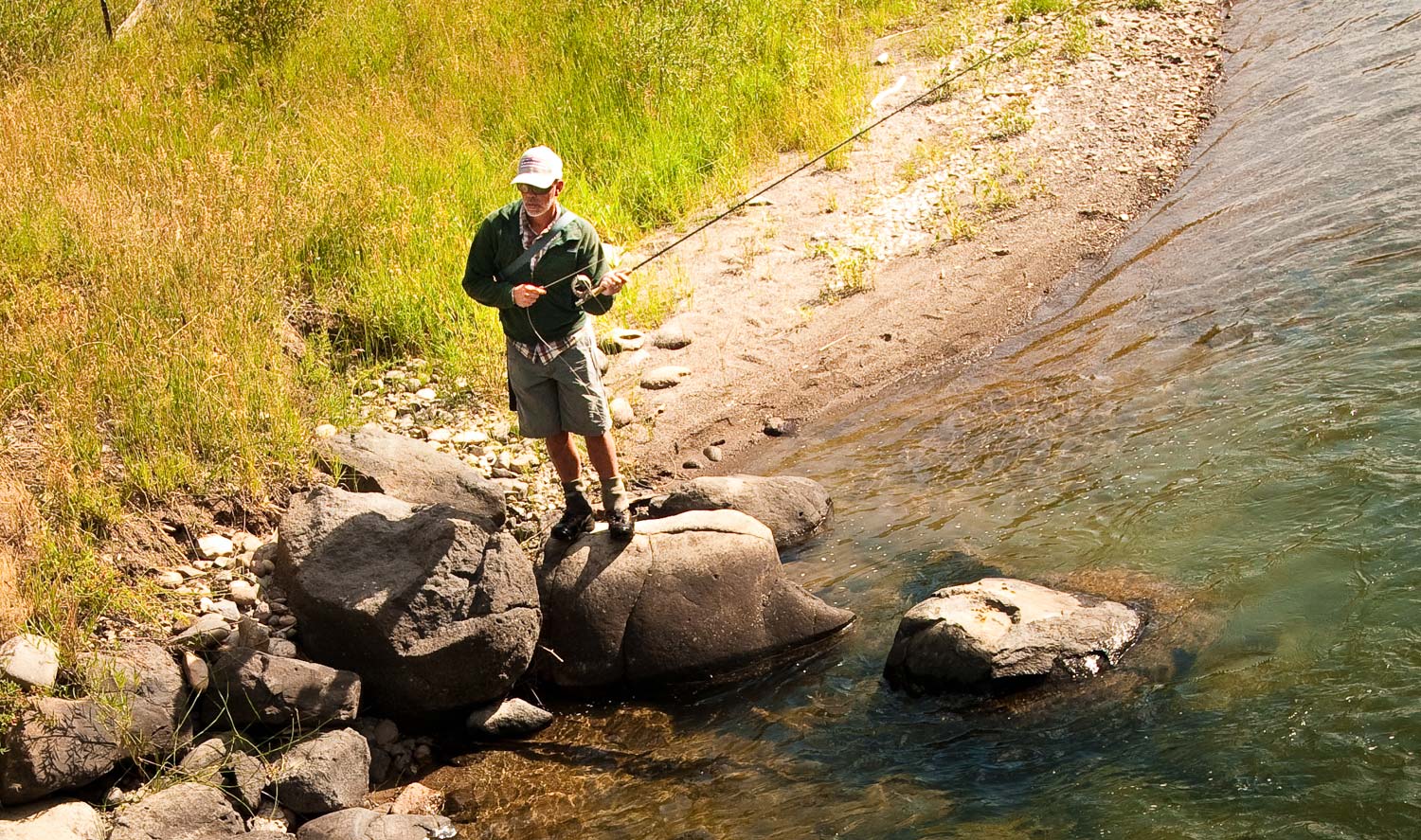
A GREAT CONVERSATION BETWEEN APRIL VOKEY AND JIM BARTSCHI, OF SCOTT FLY RODS.
I think April hits the nail on the head, Jim Bartschi is kind of the invisible man of fly fishing. Which is interesting, considering he is one of the greatest rod designers of all time. It would be very easy for him to let his ego run. Instead, he is a very rare mix. An incredibly humble guy, who knows exactly what he thinks and makes no bones about it. When Jim does talk, it’s wise to listen.
I always enjoy April’s interviews. This one especially. It’s cool to hear Jim open up and talk about his own history and the history of Scott. Take a few minutes and get to know the man behind the Scott rods.
Vokey and Bartschi
Read More »Do fish dream?
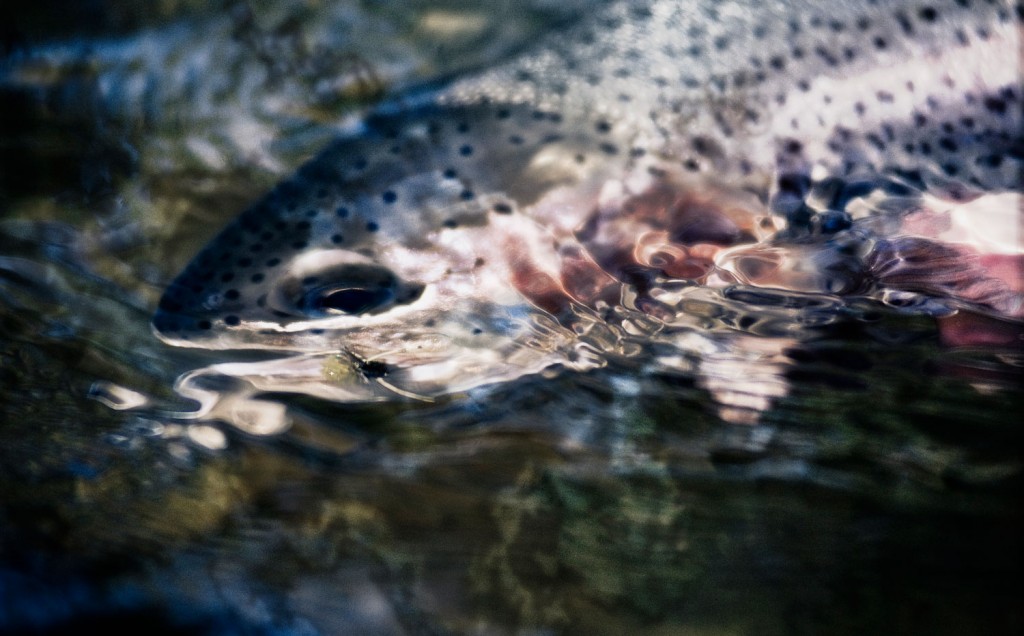
AH, THERE’S THE RUB, FOR WHAT DREAMS MAY COME IN THAT SLEEP OF FISH?
Have you ever been sight fishing to a nice fish and not gotten so much as a look at your fly? The fish just sat quietly finning as your fly drifted inches from its nose, like it was asleep. It may have been.
Do fish sleep? Undoubtedly. That’s a scientific fact that is well documented. They don’t sleep like we do and, in fact, different species of fish have very different ways of sleeping. Some sleep at night, some during the day and some are nappers. Some swim while asleep and some sleep so soundly that you can hold them in your hand without waking them.
Tuna, for example, rest motionless at night, suspended in the water. Bass and perch will sleep under or on top of logs. Reef fish seek refuge in crevices. Parrotfish build a cocoon of mucus in which to sleep. That sounds nasty, but maybe that’s the point. I wouldn’t eat something wrapped in mucus. Would you?
Although different fishes have different sleep habits they have a lot in common. Fish don’t have eye lids so they don’t exactly get shut eye. Their muscles relax, their breathing and heart rate slow, they become to some degree immobile and less sensitive to external stimuli. They also, to some extent, lose consciousness.
Fish do not live in as safe a world as we do and sleeping can be a risky proposition. For that reason most fish are never completely unconscious. Their brains sleep in shifts, resting different systems at different times. Shutting down nonessential bodily functions for periods of time. I imagine it’s much like day dreaming. Like when your brain is back on the beach in the Bahamas while your body seems to be looking over spread sheets at your desk. You’re not fully aware of your surroundings but alert enough to figure out that the sound you hear is your boss clearing his throat.
But what about those dreams? I’m not aware of any scientific studies about fish dreams. I do, however, have a case for their likely existence. Bear with me, this requires a huge and very unscientific leap. Let’s assume, for the minute, that a fish’s brain has some similar wiring to our own.
Read More »Epic Fly Rod Kit Winner

And the Winner of The Epic Giveaway is…..
We hope each and every one of you are enjoying your Christmas Eve! Thank you to those of you who participated in our latest giveaway!
One of our followers is about to get an early Christmas present that would surely put a grin on any on Scrooge’s mug!
CONGRATS TO @CUTTHROAT.CAMARADERIE
We will be reaching out to you soon so we can get some details from you. You will be wrapping up your very own Epic fly rod soon!
A big Thank You goes out to Swift Fly Fishing for teaming up with Gink and Gasoline on this awesome Epic Ready To Wrap giveaway!
Another huge Thank You also goes out to all of you, our readers and followers! We couldn’t possibly do what we do without your support! We hope you and your families have a wonderful Christmas and Happy New Year!
Read More »Sunday Classic / 2 Common Mistakes That Break Fly Rods While Fighting Fish
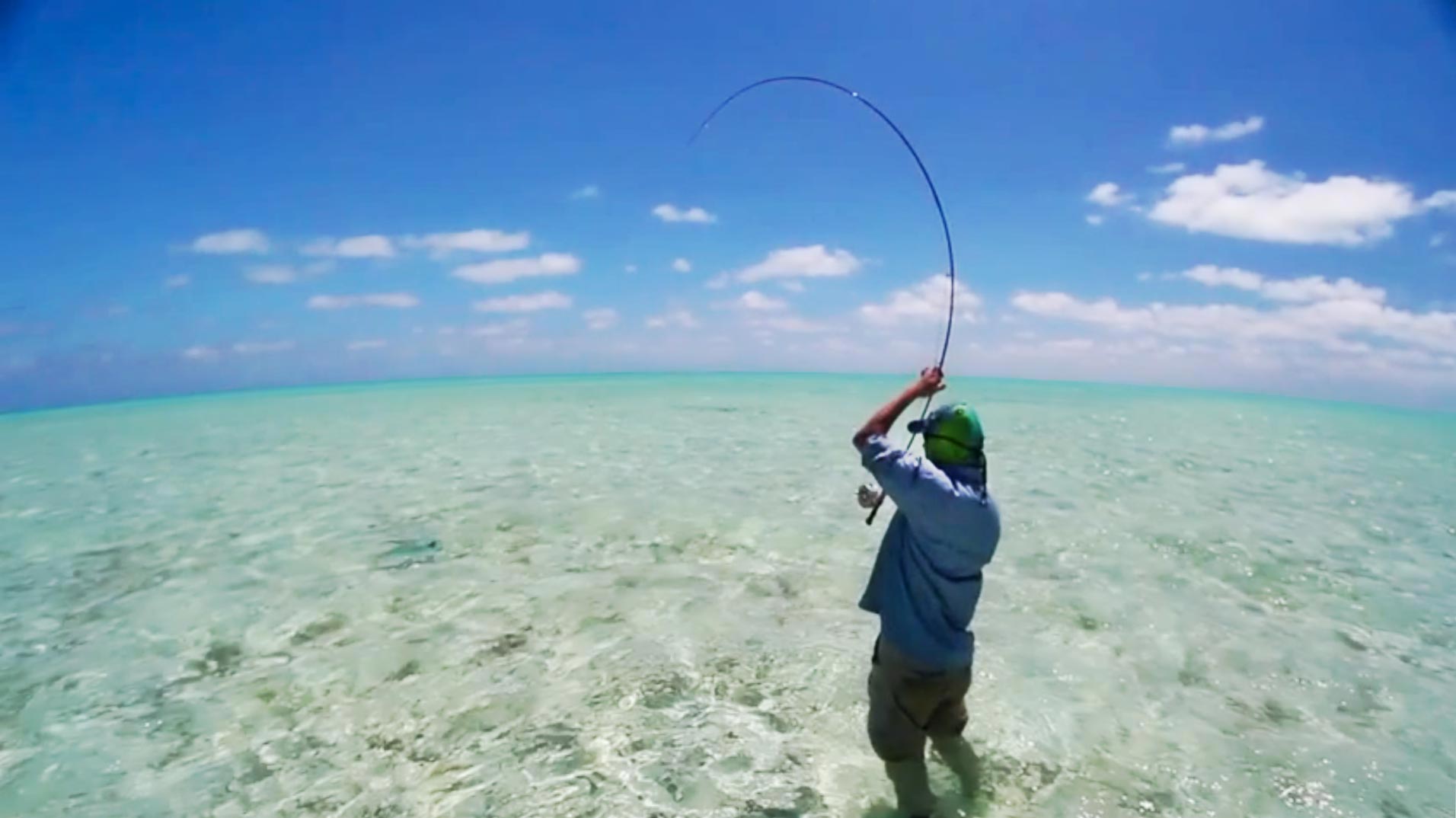
DO YOU EVER TALK BACK TO THE SCREEN?
I watched a video the other day of a guy fighting a permit down in Cuba. The whole time I kept yelling, “You’re gonna break your F-ing rod!” Sure enough, with the permit at his feet, the rod snapped. The fellow grabbed his leader and landed the fish but the damage was done. It didn’t have to end that way.
So Dude, if you’re reading this, I apologize for calling you out but that fish didn’t break your rod, you did. You made two basic mistakes that I see anglers make all the time, so I’m going to use you as an example. Look at it this way, you’re going to save a lot of fly rods and at least yours didn’t die in vain.
Here are the two most common mistakes that cause rods to break while fighting fish and how to avoid them.
Read More »Saturday Shoutout / Columbia Gold
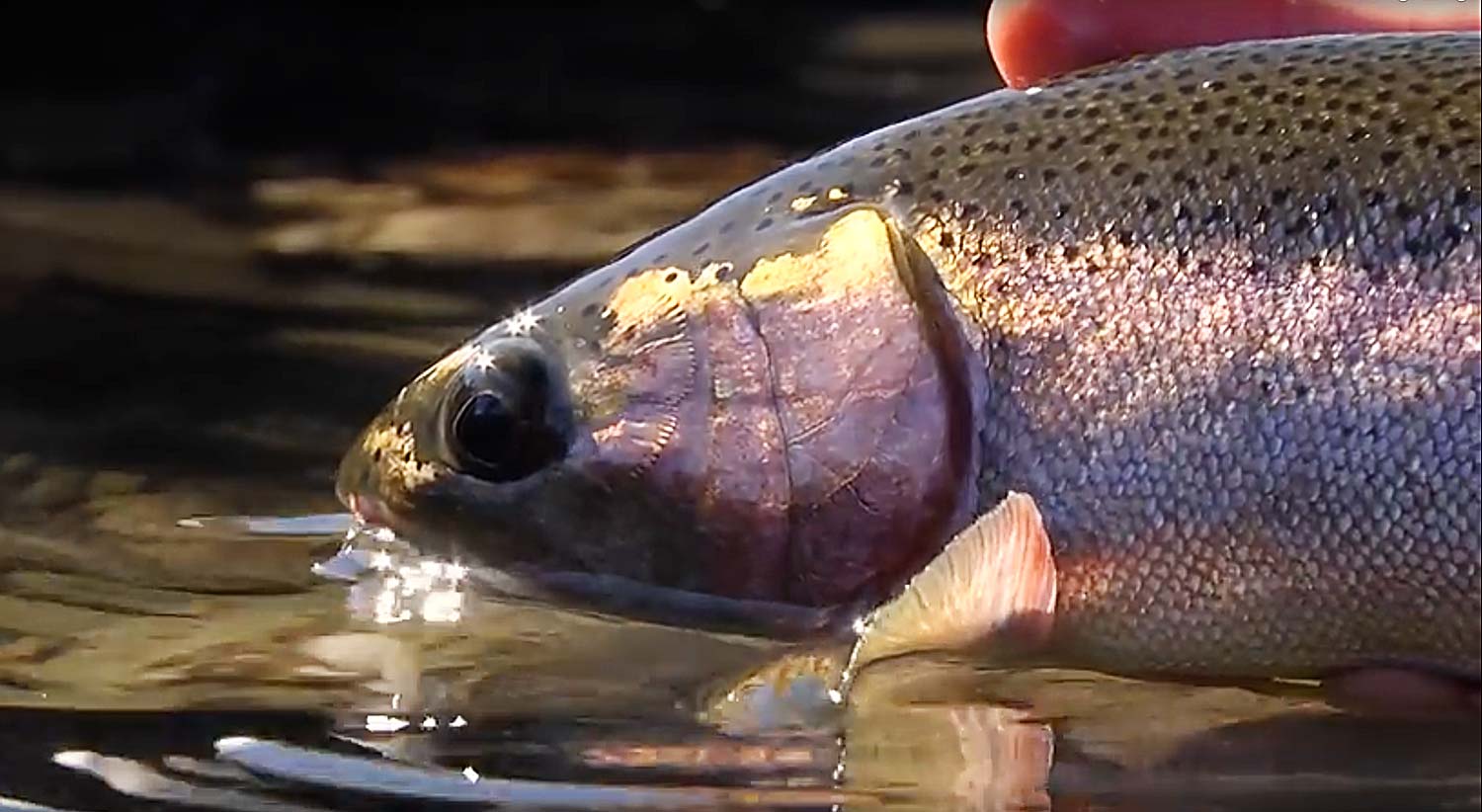
Beautiful rainbow trout on the upper Columbia river near British Columbia.
This great film, by Todd Moen of Catch Magazine, features skiing guide Lel Tone and, one of my favorite people, Andrew Bennett as they chase big rainbows with dry flies and spey rods. You here a lot about steelhead in Washington, but it’s really cool to see some of the quality trout fishing they have there. Take a few minutes and enjoy this beautiful video.
FLY FISHING THE COLUMBIA
Read More »Pro Bands
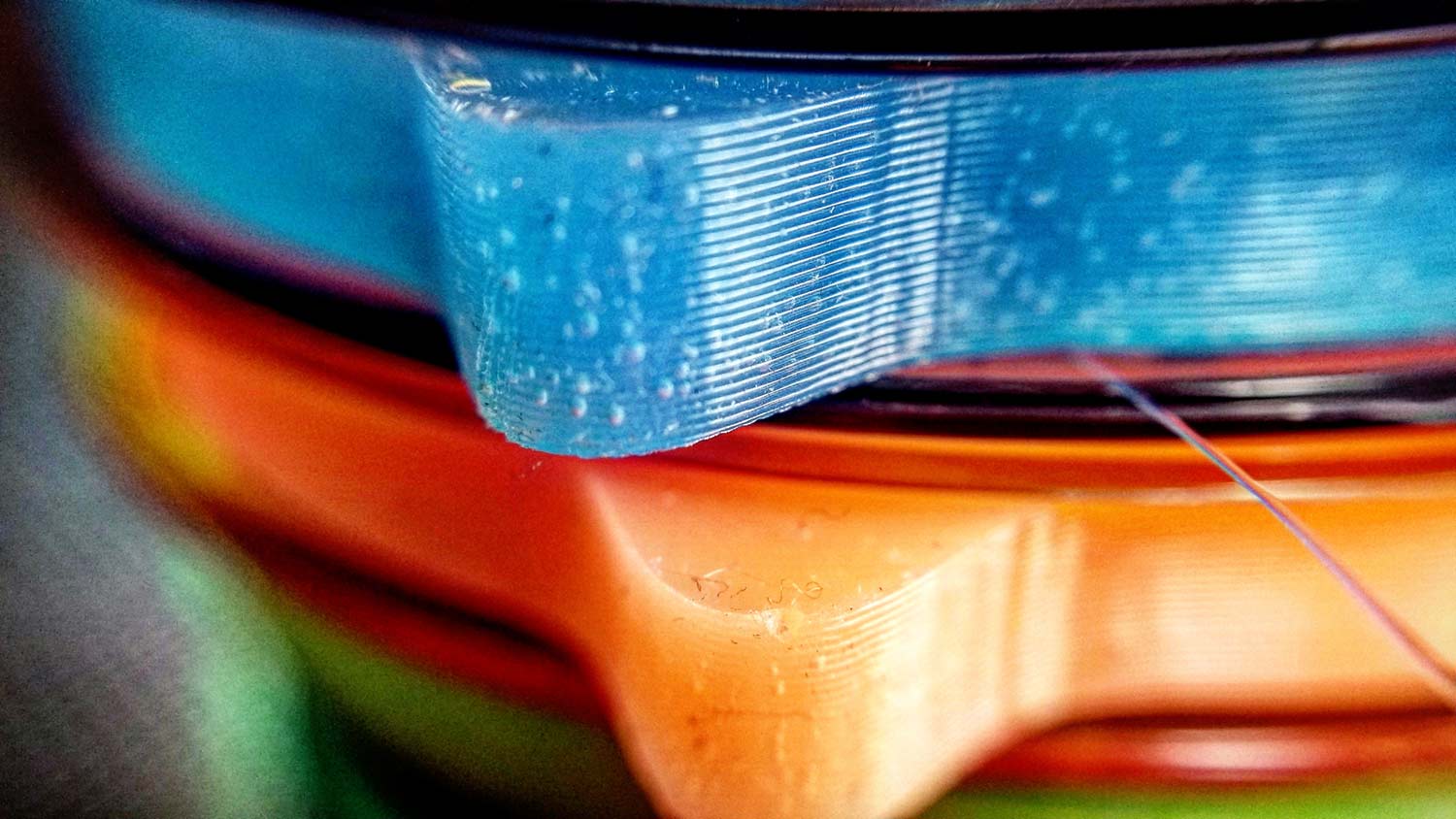
By Bob Reece
I love simple products that solve legitimate problems.
A couple months ago I wrote a post on the struggles of tippet spools. Since then, I came across a product that provides a long term solution to some of those issues and more.
During my guiding days each year, I use up countless meters of tippet. During the numerous reaches to my spools each day, there is one frequent hassle that arises. The free end of the tippet escapes the metal O-ring of the elastic band. My tippet then becomes hidden or exposed to the cutter that is built into the spool. A new product called Pro Bands, solves this problem. These one piece silicone bands are designed to fit snuggly around your tippet spools. Different sizes are available for the different brands of tippet. The bands do not slide, slip or rotate around the spool. By replacing the traditional elastic band, the free end of the tippet is held on the side of the spool opposite the built in cutter. The grip of the silicone ensures that it remains on that side for all subsequent uses throughout the life of the spool.
In addition to their holding power, Pro Bands protect the tippet from both water and UV radiation. This prevents rotting and breakdown of the material. Unlike elastic bands, the Pro Band itself does not stretch or loosen with use. This fact allows anglers to use the same set of Pro Bands continuously as spools are used and replaced.
Their multicolored design allows for easy organization. By placing
Read More »A Truckvault Offers the Ultimate in Function, Convenience and Security
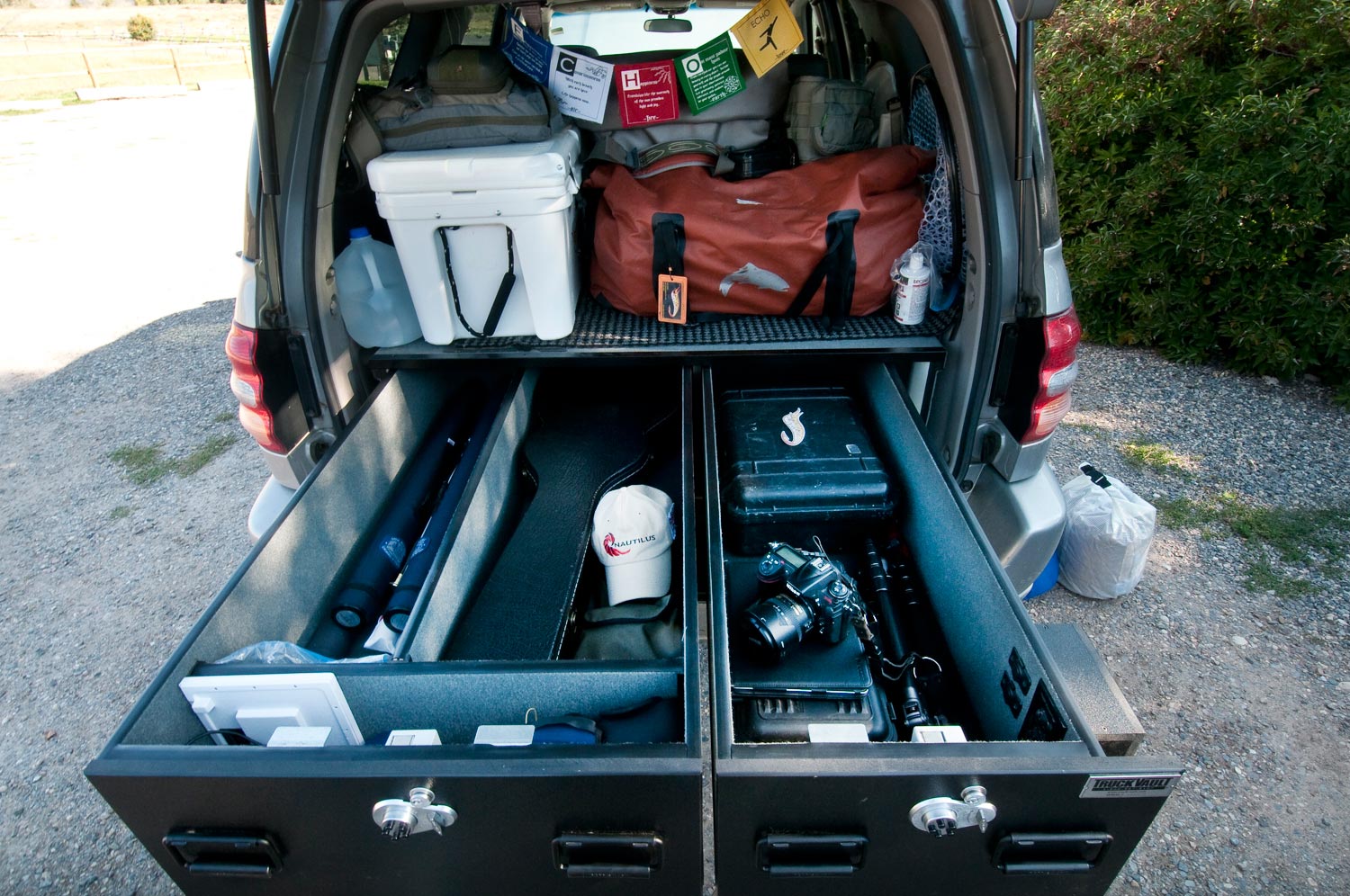
THIS MAY BE THE SINGLE GREATEST PIECE OF GEAR A FLY ANGLER CAN OWN.
As I have said on many occasions, it’s called Gink and GASOLINE for a reason. I live in my truck. Last week alone I drove over 5000 miles with my Adipose skiff in tow. This year I have driven from Atlanta, GA to Idaho, twice! I camp, I fish, I float and most of all I drive.
I’m not complaining. It’s a hell of a lot of fun, but take a minute and think about the logistics of it. A single road trip may last two or three weeks away from home. It’s going to involve photography, video, writing, online publishing, camping, cooking, boating and fishing of every imaginable type. It requires a mountain of gear.
Much of this gear is really expensive. Cameras, microphones, lights, computer, iPad, not to mention better than a dozen fly rods and reels and, of course, I have to have a guitar. All of that expensive, and fragile, gear rolling around in the back of my truck for weeks on end. Baking in the sun. Sitting in plain view at put ins and sketchy roadside pull offs. My life savings in an unlocked truck waiting for a shuttle driver. It has been a nightmare for years.
Well, not any longer. I recently upgraded from a ’98 Subaru Forester to a 2002 Toyota Sequoia. When I did, I knew it was time to get a Truckvault. I have wanted one since I saw my buddy Michael White’s Truckvault, which I wrote about last year. I had spent plenty of time drooling over the Truckvault site and knew that they made custom units for SUVs as well as pickups. I knew the time had come.
I logged on and started the process of designing my own Truckvault. The site makes it easy and some of the options are mind blowing. Anything is possible. Mine is a two drawer unit ten inches deep and fifty inches long. It spans the width of the vehicle and is covered in carpet which matches the truck. When you look in the window, you don’t even know it’s there. It has combination locks with key backups. The drawers pull out to full extension and are lined with foam and have customizable dividers. The unit is rated to hold three-thousand pounds on top and is fire safe.
Read More »Epic 370 Ready-To-Wrap Fly Rod Build

WHEN IT COMES TO STARTING SOMETHING NEW, WHETHER IT BE FLY TYING OR WOOD WORKING, THERE IS TYPICALLY A LARGE LIST OF QUESTIONS THAT COMES WITH VENTURING INTO UNCHARTED WATERS. WHAT DO I NEED TO GET STARTED? HOW DO I USE THIS? WHY DO I NEED THAT? WHERE CAN I FIND WHAT I NEED?
Swift Fly Fishing has taken all of the guess work out of rod building with their Epic Ready To Wrap kits. Offered in 3wt through 12wt, they come well-appointed with quality components and materials, as well as detailed instructions, to build a quality fiberglass or carbon fiber fly rod. They even offer a kit for the chrome-obsessed, two-handed bug slingers out there. And, with each kit offering everything you need to complete each build, there is no waiting on shipments, or running around to find components. It’s all right there in the box, ready to go. It’s the perfect starting point for the beginning rod builder.
This is my third Epic Ready To Wrap kit that I have built, and each one has provided me with plenty of enjoyment and learning along the way. Not to mention, with the completion of each build I’ve added another amazing rod to my quiver.
Let’s dive in!
The components in the kit are top notch, which is what you can always expect from Epic and Swift Fly Fishing. The cork is beautifully dense and without flaws. The updated FastGlass II (Made in USA) blanks and Snake Belly finish offer enhanced performance and improved durability across the entire family of fly rods. Also updated since my last build is the new Sure Fit Ferule. These ferules are so precise that should the unthinkable happen and you break your rod, Epic can send you a replacement section without the worries of an improper fit. Along with each rod comes a hand-stitched, divided rod bag and a handsome, natural fiberglass rod case.
As I’ve mentioned, my kit came with a detailed instruction booklet that lays out each step of the build process and is extremely easy to follow. No confusing jargon or directions to trip the builder up along the way, and includes photos to help aide with each step. After re-familiarizing myself with the instruction booklet, I setup my workspace in my office where I have a large table and plenty of light. Since the Ready To Wrap kit has just about everything I need to build this rod, there wasn’t too much prep work for me to do before I got started. The only additional supplies I had to gather was masking tape, denatured alcohol, and sand paper.
Before beginning with my build, I needed to
Read More »Sunday Classic / Don’t Let Go of the Fly Line in Your Rod Hand During the Hook Set
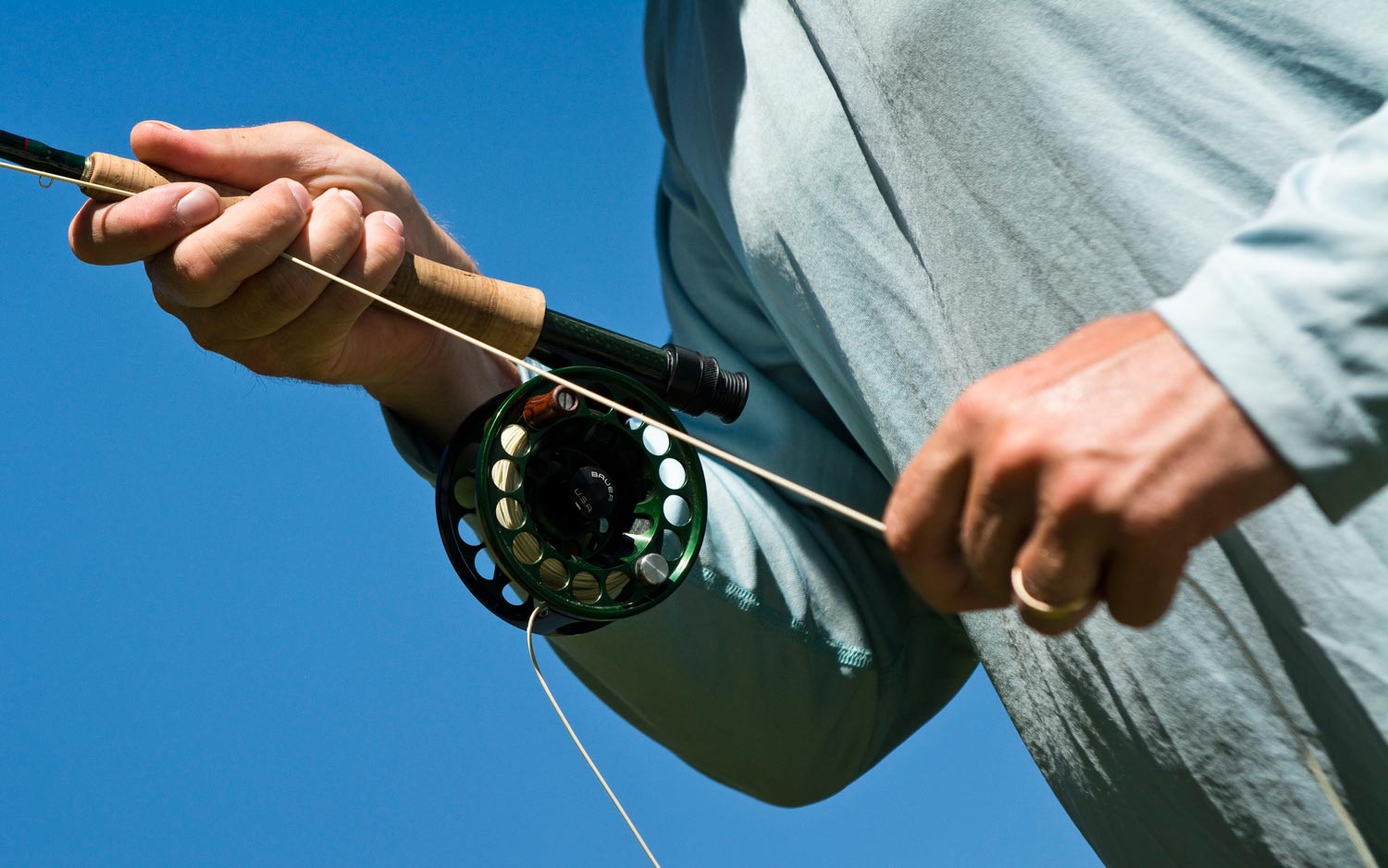
Have you ever set the hook on a fish, and the next thing you know, you’ve got your arms spread apart in the shape of a giant slice of pizza, leaving you unable to reach the fly line with your rod hand? Do not be ashamed if this happens to you every now and then on the water. You’re not alone, I promise. Many fly anglers do this regularly, and the reason they get themselves in this situation is because they’re letting go of the fly line in their rod hand when they set the hook. You can completely eliminate this problem on the water if you make sure you keep a solid grip on the fly line with your rod hand during and after every hook set. Doing so, it will allow you to maintain tension and control of the fish while you’re stripping in fly line or getting that excess fly line on the reel.
I know some of you that have found yourself in this situation have probably used your mouth to hold onto the fly line until you can get your hands back into the correct position. God, I know I have plenty of times.
Read More »Saturday Shoutout / Cody Richardson
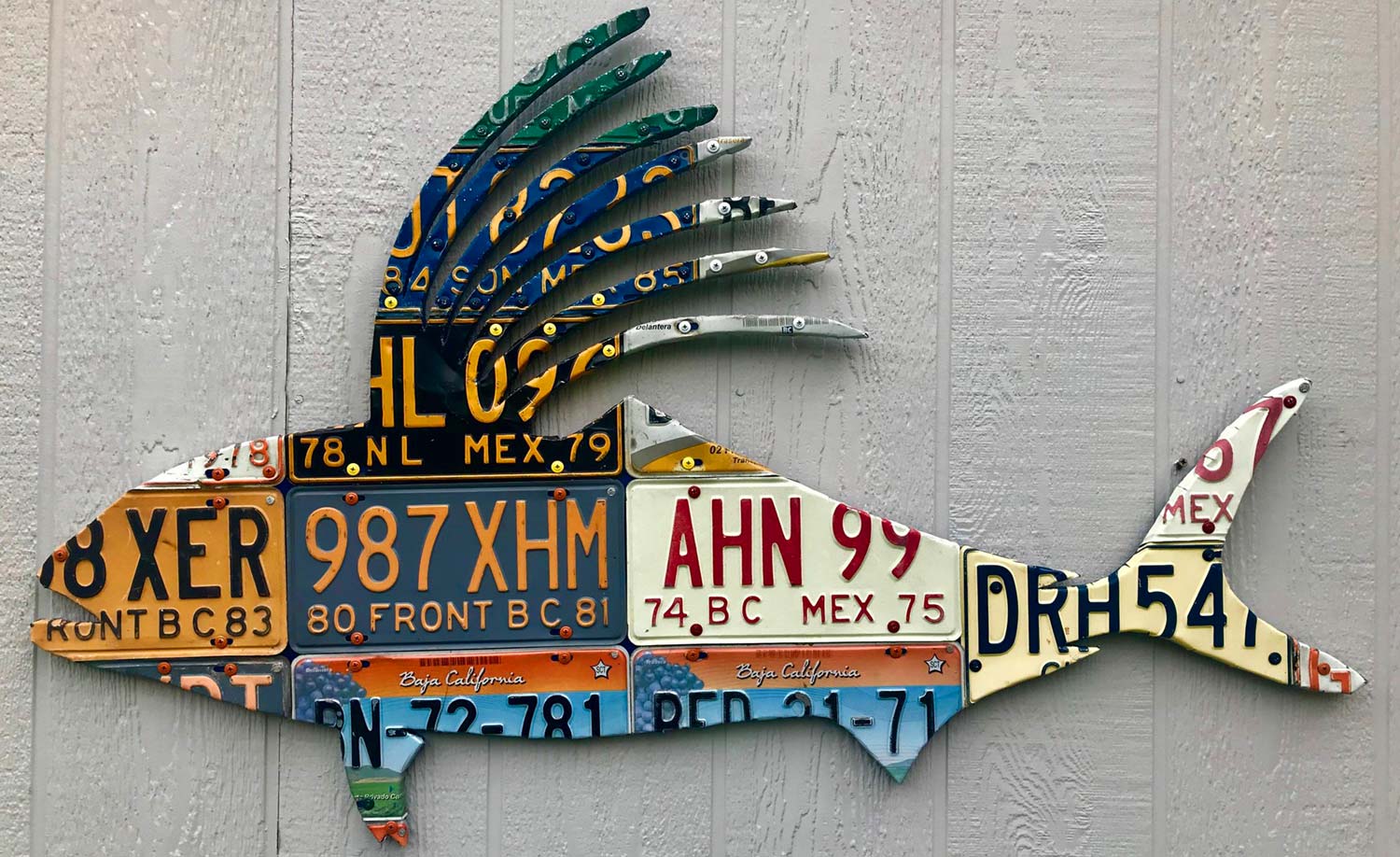
By Justin Pickett
Check out this License Plate Art by Cody Richardson
Cody Richardson travels all over the western hemisphere in search of his next memorable catch, but it’s not just the fish that he is after. Wherever the destination, he always makes sure to carry along a screwdriver in case he happens to find a junkyard full of old cars. Crawling on his hands and knees through mangled metal, Cody harvests some of the most desired, vintage license plates for his custom works of art.
These plates are cut, bent and shaped into the forms of prized catches, such as Tarpon, Permit, Bonefish, Trout, and Steelhead. Each one created from the license plates of the country in which they are sought. Fishing destinations such as Belize, the Bahamas, Cuba and Alaska are known for colorful license plates that, when collaged together, make beautiful, one-of-a-kind pieces that will add fly fishing pizazz to any room.
These unique works are a great way to commemorate a memorable trip to the Florida Keys to chase Tarpon, or to memorialize your first Steelhead. Cody started his art career by creating personal designs at his home for friends and family, but it wasn’t long before his art caught on through local Colorado fly shops, and are now sold in shops around the world.
These amazing works make the perfect gift to spoil yourself, or as a gift for a loved one. Give Cody’s work a look over at www.codysfish.com and catch some of his most recent works on his Instagram account at @codyrichardsonscreations! If you don’t see what you are looking for, be sure to reach out to Cody on his site! With his network of license plate collectors, he’s able to customize your license plate piece to just about any desired species and destination!
CHECK IT OUT!
Read More »